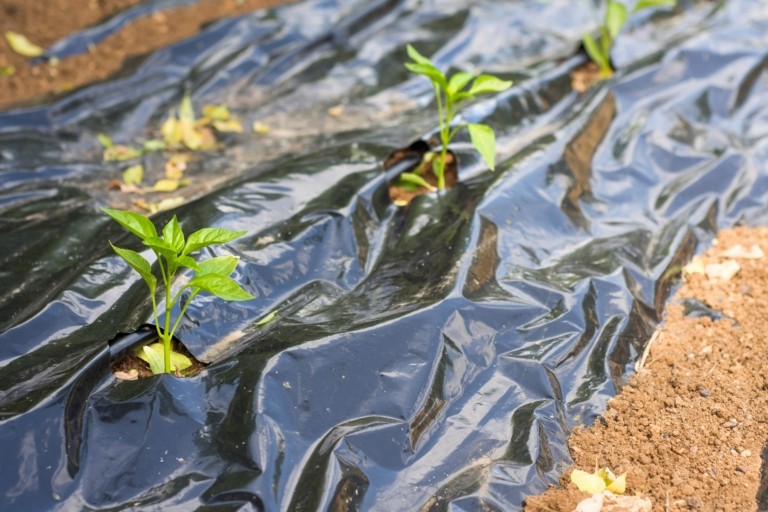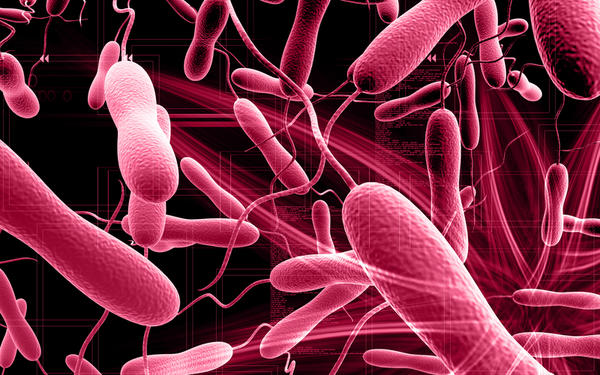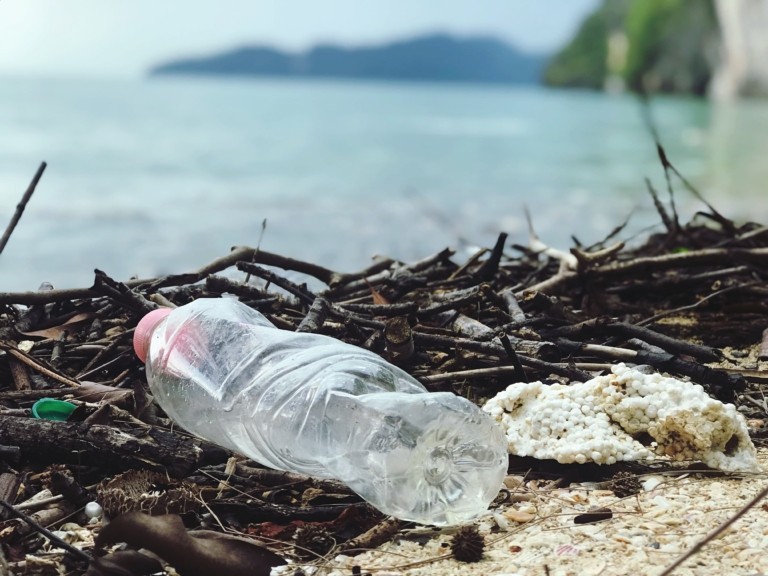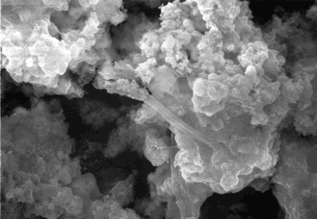
Plastic is degrading in the oceans: “There’s no reason why plastic couldn’t break down to a molecular level and exist as finer and undetectable particles in the water,” says Greg Boyd, an SEA employee and researcher onboard the Robert C. Seamans (RCS). Greg’s hypothesis is a work in progress, but it could explain why plastic—at least when harvested through net tows—doesn’t appear to be increasing in our oceans. Microbes also create biofilms over plastic and this might cause the plastic to sink. At the same time, there is evidence (seen through electron microscopes as “pitting” marks on plastic) to suggest that microbes could potentially be physically degrading or even “eating” the plastic.
What are Biofilms
A biofilm is an aggregate of microorganisms in which cells adhere to each other on a surface. Biofilm is a polymeric conglomeration generally composed of extracellular DNA, proteins, and polysaccharides. Biofilms may form on living or non-living surfaces and can be prevalent in natural, industrial and hospital settings. The microbial cells growing in a biofilm are physiologically distinct from planktonic cells of the same organism, which, by contrast, are single-cells that may float or swim in a liquid medium.
How are Biofilms formed?
Formation of a biofilm begins with the attachment of free-floating microorganisms to a surface. If the colonists are not immediately separated from the surface, they can anchor themselves more permanently using cell adhesion structures. Some of the best-known examples of quorum sensing come from studies of bacteria. Bacteria use quorum sensing to coordinate certain behaviors based on the local density of the bacterial population. Quorum sensing can occur within a single bacterial species as well as between diverse species, and can regulate a host of different processes, in essence, serving as a simple communication network. A variety of different molecules can be used as signals. Common classes of signaling molecules are oligopeptides in Gram-positive bacteria, N-Acyl Homoserine Lactones (AHL) in Gram-negative bacteria, and a family of autoinducers known as autoinducer-2 (AI-2) in both Gram-negative and Gram-positive bacteria. Once colonization has begun, the biofilm grows through a combination of cell division and recruitment. The final stage of biofilm formation is known as development, and is the stage in which the biofilm is established and may only change in shape and size.
How Bacteria lives in Biofilms
We liken the multispecies bacterial biofilm to a city where bacteria settle selectively, limit settlements of new bacteria, store energy in exopolysaccharide, and transfer genetic material horizontally all for the good of the many. A genetic and biochemical understanding of the interactions between species in a biofilm, complex though they may be, is critical to our understanding of how the biofilm city functions and survives. We predict that in multiple-species biofilms many different types of soluble biofilm-specific signals will be discovered whose influence on dissimilar bacterial neighbors will be sometimes helpful and sometimes detrimental or even fatal. When conditions in the biofilm change, such interactions may determine which cells survive, which perish, and which move on. An understanding of the relationships among species in the biofilm city is essential to our appreciation of the benefits of biofilm-associated living.
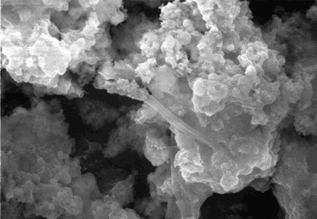
BioSphere biodegradable plastic increases the rate at which biofilms are formed, allowing for microorganisms to attach themselves, increasing the rate at which quorum sensing is produced. This in turn allows for increased polysachride utilization on forming EPS or thickening of the biofilm for an increased colonization of microorganisms for allowed colonization on the plastic. This in turn, creates faster utilization of nutrients/carbon inside the polymer structure.
